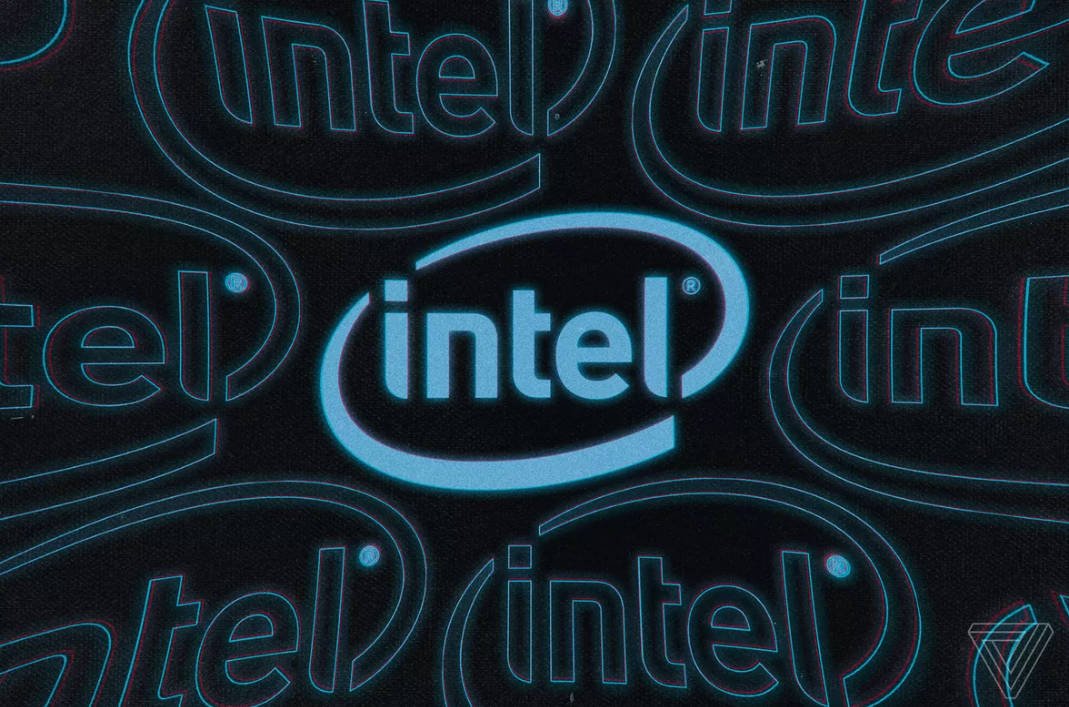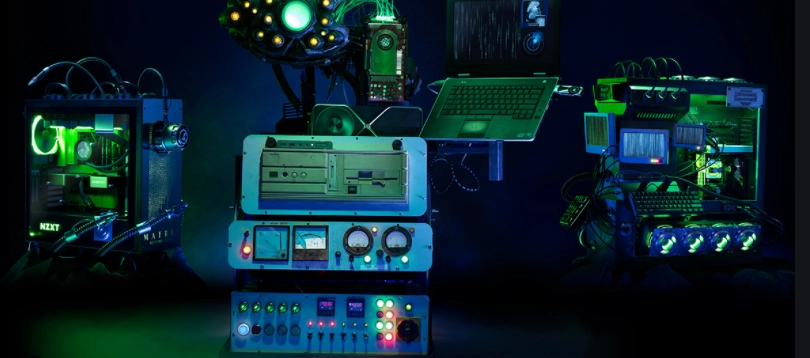
After a few months of speculation and rumors, Nvidia officially introduced the first graphics cards on the Ampere graphics architecture: GeForce RTX 3090, RTX 3080 and RTX 3070. Company founder and CEO Jensen Huang casually touched on a number of new technologies and “chips” GeForce software, but the greatest attention was still paid to the next generation of 3D-accelerators.

The new Nvidia gaming leader was GeForce RTX 3090, which replaced the GeForce RTX 2080 Ti. According to Santa Clara, Ampere architecture has a 1.9-fold increase in performance per watt relative to Turing, as well as a two-fold increase in ray tracing.
The release of graphics processors Nvidia Ampere is engaged in South Korean giant Samsung on 8nm technology. Note that previously for the production of flagship GPU “green” preferred plants TSMC. Graphic cores also boast support for PCI Express 4.0 and HDMI 2.1.

Nvidia itself refers to the main features of Ampere 3D gas pedals as follows:
New streaming multiprocessors: these are building blocks of the most powerful and energy efficient GPU, providing twice the speed of FP32 operations compared to the previous generation and the processing power of 30 Shader-TFLOPS.
Second-generation RT cores: new dedicated RT cores are twice as powerful as the previous generation, enabling simultaneous ray tracing with shading and computation at 58 RT-TFLOPS.
Third Generation Tensor Core: New dedicated tensor cores, up to twice as powerful as the previous generation, accelerate and optimize AI-based technologies such as Nvidia DLSS with 238 Tensor-TFLOPS processing power.
Nvidia RTX IO: Faster loading and unpacking of game resources using the GPU, up to 100x faster I/O compared to hard disk drives and traditional storage APIs. Combined with the new Microsoft DirectStorage API for Windows, RTX IO shifts the load from dozens of CPU cores to RTX GPUs, increasing frame rates and enabling almost instant game loading.
World’s Fastest Graphics Memory: Nvidia has partnered with Micron to create the world’s fastest discrete graphics memory for the RTX 30 series – GDDR6X. With data transfer speeds up to 1TB/s, Nvidia has improved performance in games and applications.
New Generation Processing: Samsung’s new custom 8N Nvidia process delivers higher transistor density and better energy efficiency.
At the heart of the GeForce RTX 3090 is the GA102 chip, which contains 28 billion transistors. This graphics card features 24GB of GDDR6X memory and, according to Nvidia, is suitable for gamers in 8K resolution and “up to 50% faster” Titan RTX. It will go on sale on September 24th with a recommended price of about (or $1499 for the U.S. market).

GeForce RTX 3080 is one step down. According to Nvidia, it offers twice the performance of the GeForce RTX 2080. It has 10GB of GDDR6X memory, and will be available for purchase starting September 17th. In overseas stores the device will be available at a price from $699.

Finally, GeForce RTX 3070 should become a replacement for GeForce RTX 2080 Ti at half the price and on average 60% bypasses GeForce RTX 2070. The video adapter satisfies 8GB of GDDR6 memory and, according to the chipmaker, is “an excellent choice for 4K and 1440p games. In overseas stores the device will be available at a price from $499.





